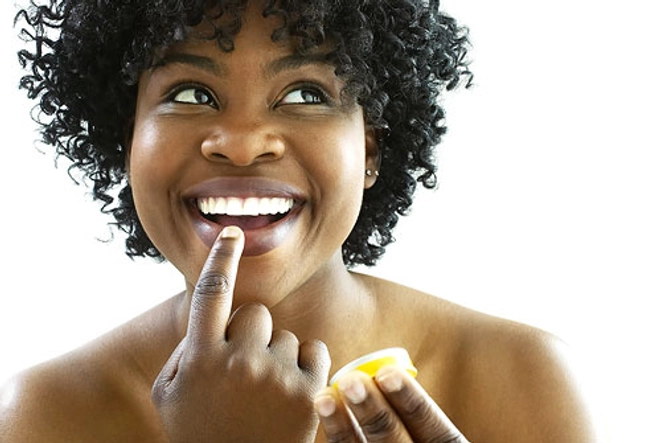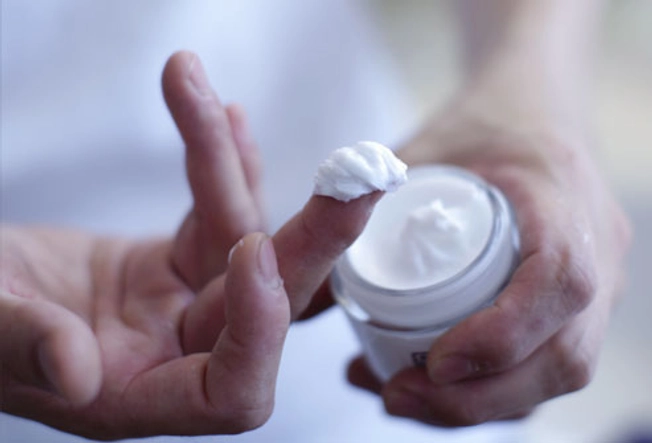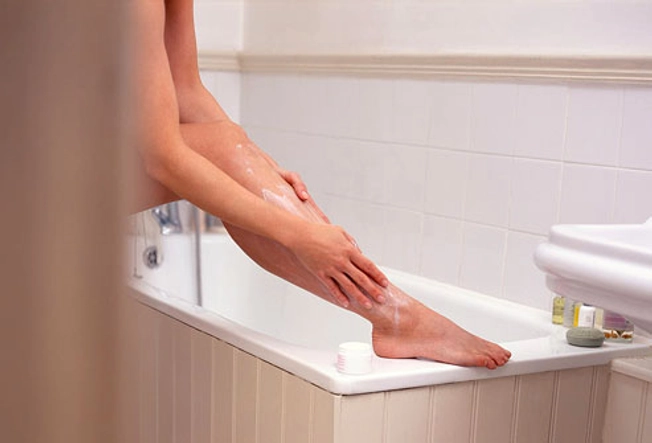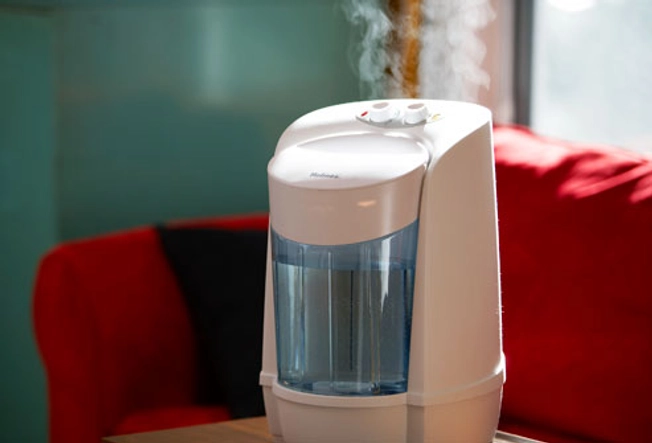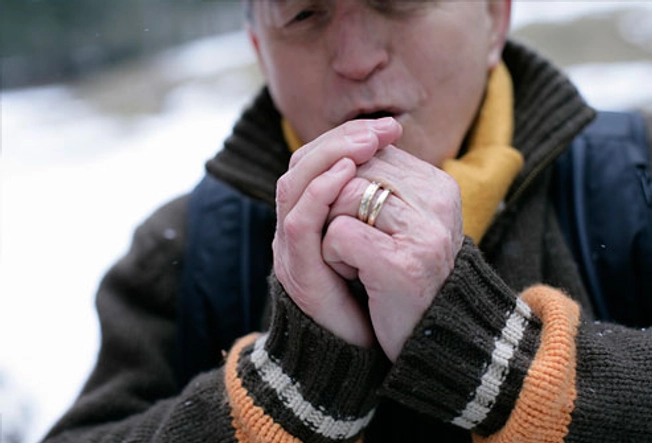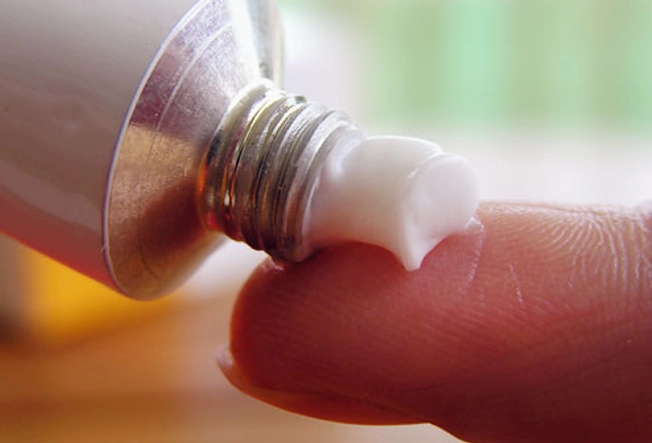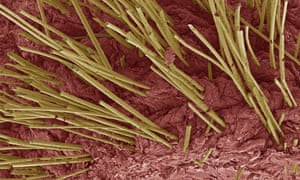When Mary Claire Haver, MD, became interested in the potential of collagen supplementation about a decade ago, she struggled to find many gold-standard studies that showed major improvements in the aspects that mattered most to her patients, such as cellulite, wrinkles, and bone health.
Now the data seems to be more plentiful, though still murky. Collagen supplements appear to be safe to take and somewhat effective, depending on what problem you’re trying to solve, what type of supplement you take, and which ingredients are included.
“I always say to look for the evidence,” Haver said. “I saw randomized controlled trials with a particular type of collagen supplement — called VERISOL — that showed improvement. Since it helped and certainly wouldn’t hurt, I began taking it, and it became part of my routine.”This video is from the WebMD Archive.

Can Collagen-Boosting Foods Erase Wrinkles?
Can foods rich in collagen-boosting proteins reverse signs of aging? Find out what you should include in your diet to promote healthy collagen production for a radiant complexion.
Haver, an OB/GYN in Texas who has drawn a major following on social media under the brand The ’Pause Life, speaks about the challenges of menopause and the changes in nutrition, exercise, and supplementation that may help. Haver sells collagen supplements with VERISOL under her brand, but she still cautions her patients and followers to be careful about what they choose to use since supplements aren’t regulated by the FDA.
“Companies can slap a label on anything and market it, and part of why I created my brand is because it’s so hard to find reputable products,” she said. “On top of that, you also see ‘meno-washing,’ where companies market products as menopause-related and mark up the prices.”
In general, Haver recommends looking for supplement companies that use third-party testing, checking the manufacturing location and date for freshness, and being aware of unrealistic claims. If anything seems too good to be true, it probably is.
“I receive DMs from followers with screenshots from Instagram or TikTok ads, asking if a product is good or if the claims are real,” she said. “Buyer beware: Nothing cures menopause, but there are things we can do to support our bodies, including the proper supplements.”
What Is Collagen?
Collagen serves as a major structural protein in connective tissues and provides support to skin, hair, nails, bones, tendons, and cartilage. Collagen is also a building block for proteins such as keratin, which forms skin, hair, and nails. Other substances, including hyaluronic acid and elastin, work with collagen to maintain skin elasticity and moisture.
More than two dozen types of collagen exist, with type I making up 90% of the collagen found in the human body. Although the body naturally produces collagen through amino acids found in protein-rich foods, production decreases over time due to aging, alcohol consumption, smoking, and sun damage, which can lead to common issues such as wrinkles, joint pain, and dry skin.
Collagen supplements typically use types I, II, and III, with types I and III being good for skin, hair, and nails and type II being good for joints and cartilage. The most bioavailable forms — or most readily available for digestion — are sold as hydrolyzed collagen, or collagen peptides that are broken into smaller molecules that the body can absorb.
But collagen isn’t considered a “complete protein” because it doesn’t contain all of the essential amino acids needed to help the body function, so supplementation can’t replace protein powders or other supplements with all nine essential amino acids.
What Do Studies Show About Collagen Supplements?
New studies about collagen supplementation have emerged in the past decade, with a notable increase in recent years. For instance, a 2021 systematic review of 19 studies that tested hydrolyzed collagen supplements among 1,125 people showed favorable results for skin hydration, elasticity, and wrinkles. In 2023, another review of 14 studies with 967 people found encouraging results for skin moisture levels and elasticity. Yet another 2023 review of 26 studies with 1,721 people also showed improved skin hydration and elasticity. Additional studies have noted potential benefits for joint stiffness and pain, bone density, and brittle nails.
“The good news with collagen is that, unless the product is adulterated or doesn’t follow good manufacturing practices, it typically won’t harm you to take,” said Mahtab Jafari, PharmD, a professor of pharmaceutical sciences at the University of California, Irvine. Jafari and her research team test botanical extracts and dietary supplements for their anti-aging properties and long-term health effects.
With collagen products, Jafari suggests paying close attention to ingredients. She recently received a call from someone who started taking collagen and developed a rash. After looking at the product, Jafari saw that it used marine-based collagen, and the person was allergic to fish. Collagen supplements may use fish, chicken, cow, pig, eggshells, or other sources of protein, she noted, yet companies sometimes make it difficult to learn about the sources or ingredients of the product.
In addition, Jafari said, companies may use studies or data to back up their claims, but that may not tell the whole story. Most collagen-related studies use self-reported measures from study participants, who may look in the mirror and write down what they see. This can skew the results since some of the measurements are subjective, including the appearance of wrinkles, fine lines, skin hydration, or elasticity.
“Consider all of the other variables that aren’t measured: Did all of the study participants use sunscreen? What are their stress levels?” Jafari said. “If you don’t use sunscreen to prevent sun damage, for instance, then oral collagen isn’t necessarily going to help.”
Supplement-related studies also tend to have major limitations. Most of the studies are observational, which means they don’t directly test the product as part of an experiment, and they often include a small number of people. In collagen-related studies, nearly all have included only women, most focused on skin (rather than hair, nails or joints), and many are funded by supplement companies.
“There are a few studies that suggest collagen supplements may be helpful, but more rigorous research is needed to confirm that this is true,” said Temitayo Ogunleye, MD, an associate professor clinical dermatology at the University of Pennsylvania’s Perelman School of Medicine.
Although studies are improving, few shed light on the correct dosing or the other ingredients, such as vitamin C or hyaluronic acid, that may boost the positive effects of collagen, she says, as well as potentially less helpful ingredients such as added sugars or artificial flavors.
- RELATED:How Much Vitamin B6 Do You Need?
“Many of the studies utilize supplements with other ingredients, making it difficult to tease out which ingredient may be contributing to perceived changes,” she said. “There is also a lack of standardization for measuring improvement or increase in collagen synthesis to objectively assess response to therapy.”
What Else Should I Consider With Collagen Supplements?
Collagen supplements are generally safe to use, but other methods may be just as effective, such as eating a balanced diet with enough protein, Ogunleye said.
Collagen and Your Body: What to Know











Next
Medically Reviewed by Zilpah Sheikh, MD on March 12, 2024
“Since it’s broken down as other proteins, I don’t see why ingesting collagen would be more beneficial than eating other forms of protein,” she said. “Creams aren’t worth the effort.”
For anti-aging properties in particular, Ogunleye recommends sun protection and retinoids over supplements, as well as lifestyle modifications such as getting enough sleep and reducing stress.
“My takeaway is that all the data is very weak,” said Robert Anolik, MD, clinical assistant professor of dermatology at the NYU School of Medicine. “As it stands now, I don’t recommend that my patients consume collagen supplementation because I believe it ultimately needs more data for a medical recommendation simply because there is no strong proof of efficacy.”
Anolik points to the simple physical nature of consuming food or a supplement: You can’t dictate where the collagen goes in the body after being digested, so if you decide to take a supplement, it should be p
art of an overall approach rather than a specific solution.
“Just because we consume collagen doesn’t mean that it’s going to migrate right into the skin layers where we want it,” he said. “Additionally, just because we consume something doesn’t mean it will act in that specific function in our body. I’d love to have a stronger hairline, but if I swallowed some hair, it unfortunately won’t go right to my scalp.”




